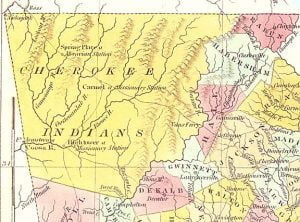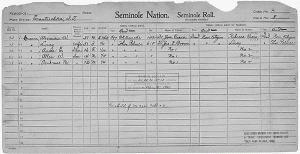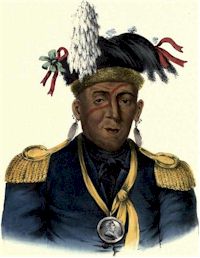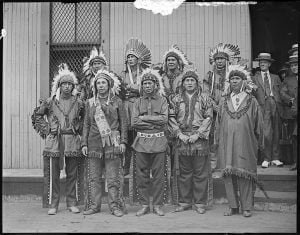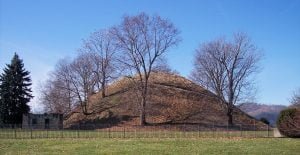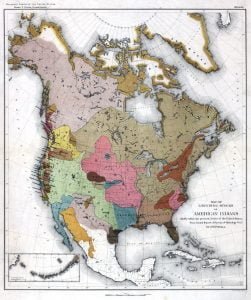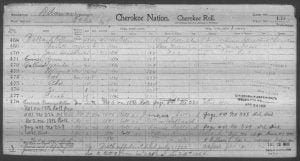Story of the Sioux Indians
Of all the Indians on the long journey into the wilderness that the United States had just acquired through the Louisiana Purchase, Lewis and Clark found the Sioux the most quarrelsome, the most menacing of future trouble. In this first encounter at the mouth of the stream they called Teton River, the chiefs accepted the gifts and hospitality of the white men, then strove to detain them and demanded further tribute. Intimidation had been their rule with the traders who had hitherto given them their only contact with the white race; and they did not realize that behind this new group lay the power of a young and growing nation that was spreading over the land that had once been the red man’s alone. Arrows were fixed in their bow’s for flight, and swords were drawn; but the incident passed over without an actual conflict, and the boat that was making its way up the almost unknown reaches of the Missouri went on a space to the island thus named in commemoration of the incident…


